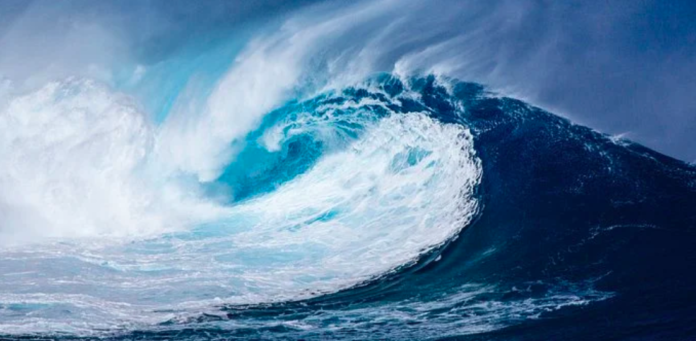News Time Now Sunday Special
“Roll on, thou deep and dark blue ocean-Roll !
Ten thousand fleets sweep over thee in vain;
Man marks the earth with ruin- his control
Stops with the shore ;
So wrote Byron in his famous poem “Childe Harold’s Pilgrimage” while addressing the vast ocean. But he could not have been expected to imagine the extent of its vastness, about which even modern man has only limited knowledge.
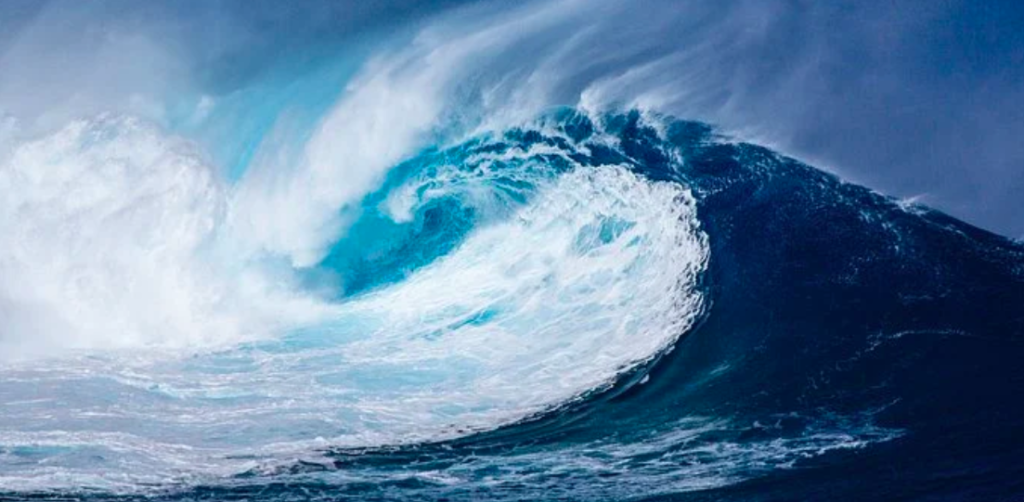
An American astronaut looking back from outer space humorously observed that our planet had been wrongly named “Earth” and that it should have been more appropriately christened “Water”. The statistics in respect of the massive size of the oceans would enable us to appreciate that remark.
Our Earth is perhaps the only planet in the observable universe known to have oceans. They cover 70.8 per cent of the Earth’s surface and contain 350 million cubic miles of water— 97 per cent of all the water on the Earth.
Oceanographers make it easy for us to visualise the vastness of the oceans by means of a graphic translation. According to them if all the Earth’s mountains are flattened to a common level, the globe would be covered to a depth of eight to twelve thousand feet by water. Since the oceans create the weather and the atmosphere and sustain all life on the planet, one can understand why our planet is rather a special kind of world.
A major portion of the oceans is shrouded in darkness and even in this space-age when cosmonauts have actually journeyed to the moon, no Columbus has set out to explore the oceans.
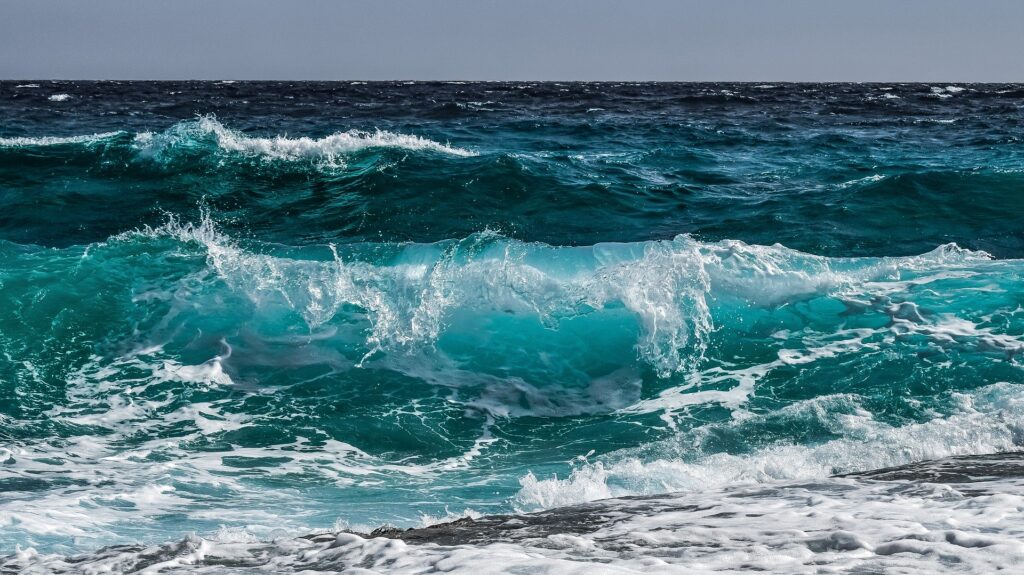
Most people do not realise the enormous size of the oceans because of their tendency to think only in terms of dry continents or high mountains, whenever they discuss Earth’s superlatives. Thus, for example the average school boy would regard Everest which is 29,028 feet high as the tallest peak in the world, though a less famous peak off the Peruvian coast of South America which is 19,000 feet higher, would completely dwarf its shorter Himalayan brother in comparison. Everest is able to claim its record as the highest peak only because every inch of its surface is visible to the naked eye. On the other hand a major portion (a 25,000-foot mass) of the Peruvian mountain is below the surface of the ocean with only 23,000 feet rising above the surface.
Geological facts like this would explain why we have grown accustomed to shape the world to our limited way of thinking rather than in terms of larger mountain masses which lie undiscovered beneath the vast oceans and seas of this planet. Human achievements however seem to shrink in significance when one observes the environment inside the oceans and the spectacular triumphs achieved by some of the animals in the seas.
The Grand Canyon, which is 13 miles wide, 200 miles long and a mile deep at its deepest point is one of the greatest natural wonders, attracting as it does thousands of tourists from all over the world every year. However, it would be considered small when compared to the abysses inside the oceans such as the Peru-Chile trench off the eastern Pacific which is 3600 miles long from end to end and is 18 times longer, or the Mariana trench near the island of Guam which is more than 7 times deeper.
One of the reasons why people do not talk much about the spectacular geological formations inside the seas and oceans is their lack of adequate knowledge (Someone even remarked that more is known about the rear face of the moon than about the bottom of the sea). A second reason is the relative inaccessibility of the ocean floor; while thousands of people have visited the Grand Canyon, only a handful of persons have gone deep into the ocean. Only two human beings ( Aquanauts )Don Walsh of the United States and Jacques Piccard of France have gone to the bottom-most surface( 36198 feet) of the ocean in the Mariana trench ( in the Western North Pacific ) in a submersible for a very brief period on Jan. 23, 1960.
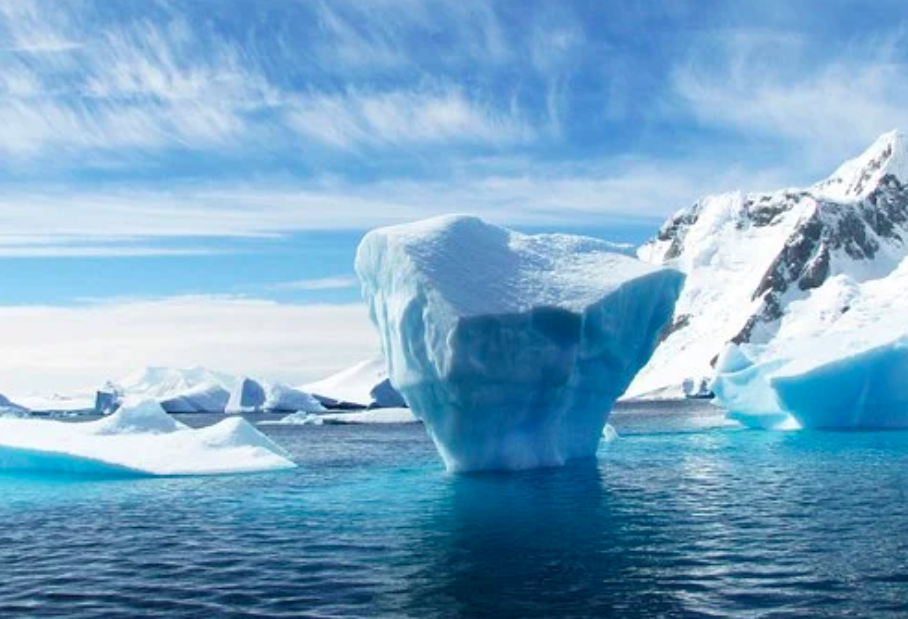
Another extraordinary geological formation is the mid-Atlantic ridge which starts at Iceland, one of the few places where its peaks extend above the ocean surface. It follows the entire length of the Atlantic going parallel to America, Europe and Africa before it curls eastward around the tip of Africa into the Indian Ocean. The crest of this ridge has an average width of about 125 miles, and almost all of it is underwater
At some points, even its highest peaks lie 10,000 feet down below the surface in perpetual darkness. In all, the mid- Atlantic ridge and its associated sub-sea ridges extend more than 40,000 miles the equivalent of one and a half times the circumference of the world at the equator. There is not a single mountain range on Earth which can rival this.
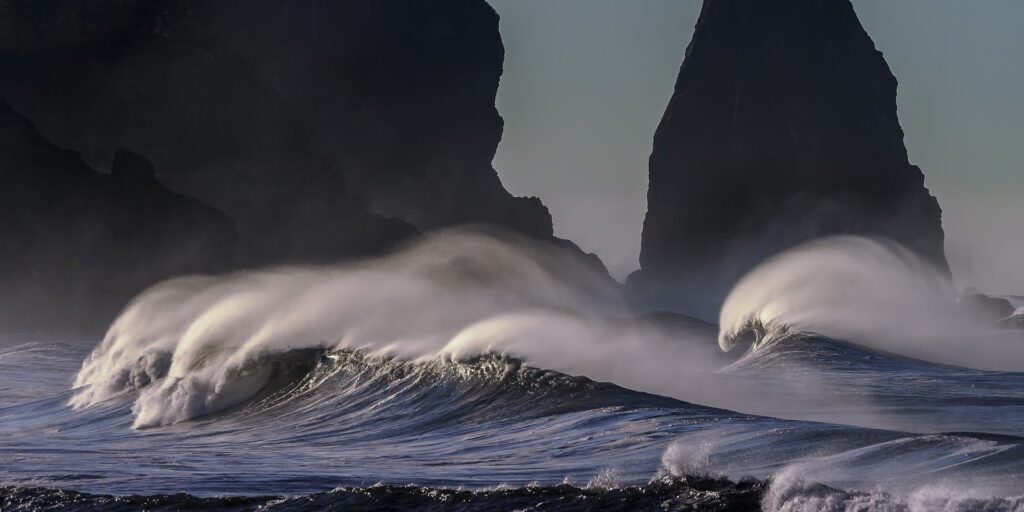
Coming to rivers, generally, the Nile which is 4,145 miles- long is considered the longest and the Amazon whose enormous flow pushes freshwater a hundred miles into the Atlantic is regarded as the most powerful. Their splendour is dimmed in comparison with ocean rivers such as the Gulf stream which turns clockwise around the north- Atlantic from the Caribbean to Europe and travels a distance greater than the Nile with a force that makes the Amazon seem like a brook.
The stream which was discovered first in 1769 by Benjamin Franklin is 50 miles wide and 1500 miles deep off Miami. It contains minerals and nutrients and its dark blue water is easily recognisable by any seasoned voyager.
The sea is also rich in minerals and is a storehouse of energy. The salt in the oceans amounting to 50 billion tons can cover the Earth’s landmass to a depth as high as the Washington Monument.
“Dead zones” inside the oceans are referred to as” ocean deserts”. They are regions inside the ocean which are starved of oxygen. Excess of Nitrogen from agricultural fertilisers, emissions from automobiles, trucks and factories, acts as a nutrient that in turn triggers an explosion of plankton or algae which, again deplete oxygen, resulting in hypoxic( oxygen-starved) regions
Of course there are”ocean deserts” which occur naturally also.
Coming to life forms not many people realise that it is the blue whale which moves about in the oceans( and not the elephant) that is not only the largest animal on Earth but also the largest animal ever to have existed on Earth.
Some of the biological facts pertaining to the oceans are mind-boggling. Every animal phyla that ever existed, exists even today in the oceans and the seas. There are more than 50,000 species of marine fish roaming about in the oceans. There are also 25000 species of insects, shelled shrimps, crabs and lobsters in the oceans. Scientists have only recently begun to learn that some marine life can yield wonder drugs.
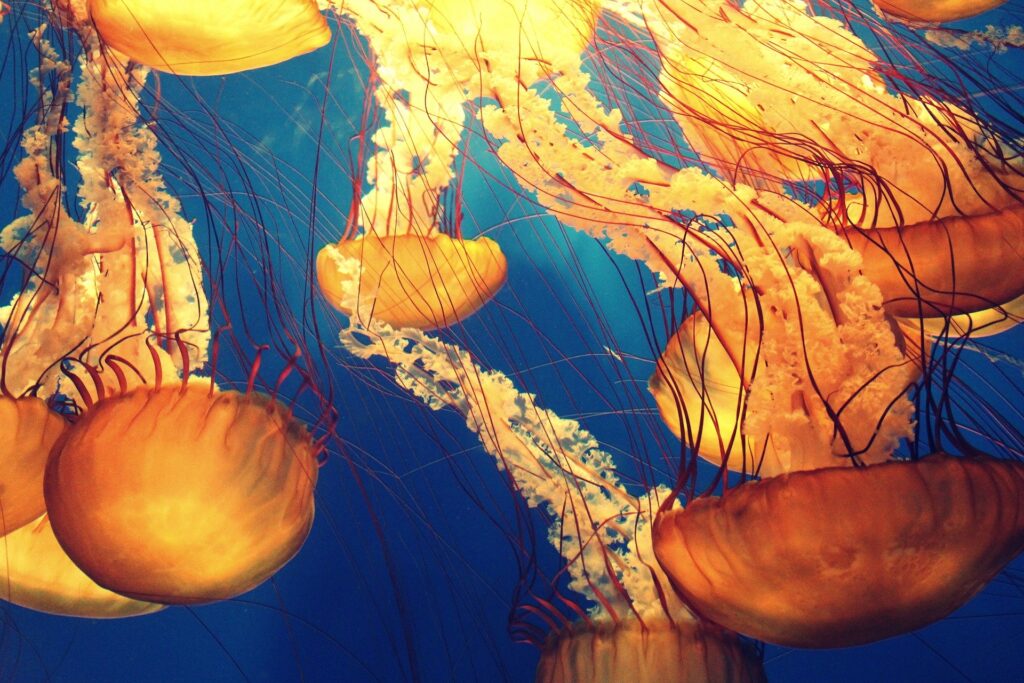
The feats performed by some of the creatures of the seas make man’s achievements appear insignificant. The California grey whale has a natural radar that guides it on an 11,000- mile round- trip from the Arctic to Mexico every year—a feat of navigational accuracy man has yet to improve upon. The near-perfect natural sonar of the brainy Dolphin is still being studied by Naval scientists.
The ocean’s biological superlatives seem to apply to plant life equally. The giant Kelp grows faster than the plants of the tropic rain forests of the continent. Some of these which are found in shallow water on most coasts add 15 feet to their length every six months, and very few land forests sustain as many species of living creatures as these forests of the seas.
Life is also very difficult and harsh on the ocean floor contrary to popular impression. The ocean ecosystem is not similar to the “pyramid of life” structure found on Earth; the oceans are full of predators and in the animal world the parents sometimes gobble up the young. According to some estimates, only one in thousand animals born in the oceans survive to maturity.
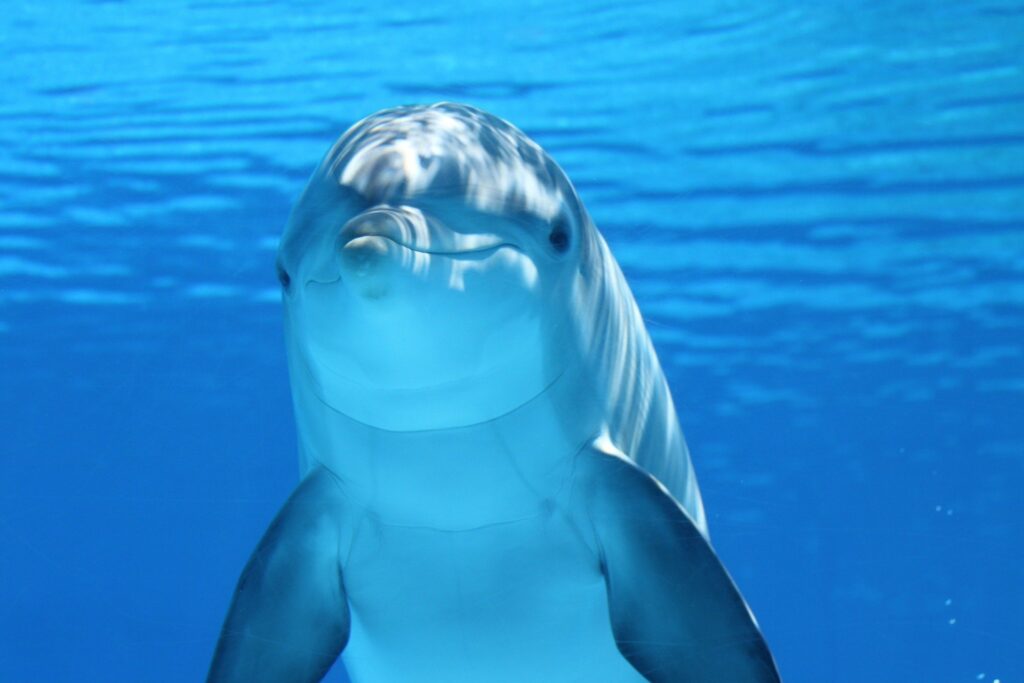
Despite this jungle-like competition for survival and abnormal mortality rate, animals in the oceans and the seas seem to have developed amazing resilience to survive in the face of catastrophe. During the last 600 million years the coral reefs of the oceans were totally destroyed four times by catastrophes of one kind or another and were rebuilt each time though each come-back took millions of years. However, unlike human time, this long period would amount to a fractional time interval on the calendar of ocean evolution.
Such is the empire of Neptune which consists of mountains taller than Everest, deserts larger than Sahara, rivers vaster than the Nile and is inhabited by animals larger than the elephants.
One recalls once again Byron’s famous lines about the ocean:
“Thou glorious mirror, where the Almighty’s form
Glasses itself in tempests; in all time,-
Calm or convulsed, in breeze, or gale, or storm,
Icing the pole, or in the torrid clime
Dark-heaving—boundless, endless, and sublime
The image of eternity, the throne
Of the invisible; even from out thy slime.
The monsters of the deep are made; each zone”
Obeys thee; thou goest forth, dread,
fathomless, alone






























